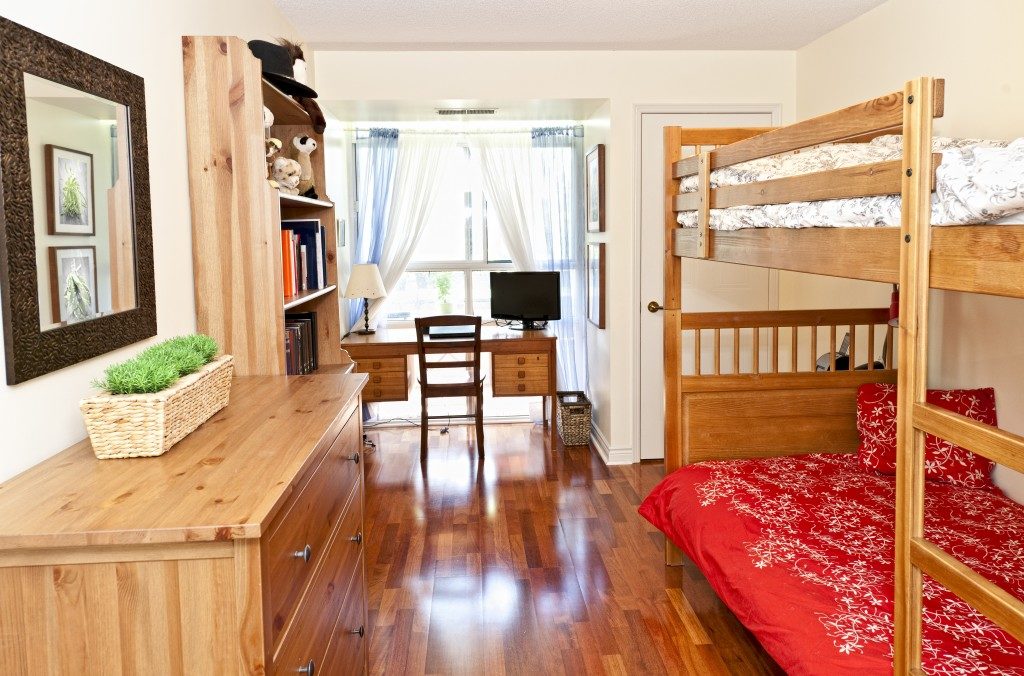Many people look forward to renovating their homes. Maybe you’ve just gotten tired of the same look, year in, year out. Perhaps you had to inherit the previous owner’s dated sense of decoration and never got the chance to apply some of your taste and personality.
Sometimes, though, the urge to renovate is born of necessity. Wooden elements, in particular, are susceptible to wear and damage over the years. Floorboards can buckle from excess moisture due to humidity or floods. Doors can crack from expansion and contraction with changing seasons, especially if you live somewhere with extreme winters like Utah. Kitchen cabinets can deteriorate as they take greater exposure to water, steam, and heat from appliances. And often, neglect or the simple lack of inhabitants can leave the wood of a house vulnerable to pests.
Here are a few considerations when using wood in the renovation of your property.
Assess the property
Before undertaking any renovation, it’s essential to have a professional assessment of the property. Old homes may be in bad condition, but some aspects of the construction may still be in great shape or have a historical or artistic value that will only appreciate over time. Knowing these details, you can keep the core of the structure, and build your changes around it.
Check the foundations
If you’ve noticed damage to the existing wood, take the extra precaution of inspecting the foundations. In areas that flood, check if the foundation needs to be drained or elevated. If you suspect a vermin infestation, this is also the time to have a professional check and treat affected areas.
If any wood used in the foundation of the house is rotten or damaged, building on top of it will only create more stress. Don’t use wood of different moisture content than older timber; cracks and damage will increase as the various pieces expand and contract at different rates.
Use the right materials

Naturally, you’ll want to use high-quality wood, but not all wood has the same properties, and your specific climate and environmental conditions will vary. Placement and surrounding materials also play a key factor. Since wood contracts and expands, it is important not to place it under too much stress with heavy masonry like concrete. Also, avoid surrounding or sealing wood with synthetic materials – this traps moisture and leads to mold and rot.
Mind the weight of anything that you will be adding on top of wooden elements. Sometimes damage to wooden floors and furniture is due to placing too much weight on top of it over time. Avoid sliding furniture; it can cause scratches and long term damage. Hire someone or get a friend or neighbor to help out.
Control humidity
Many homes have some form of temperature and humidity regulation. However, an additional humidifier or dehumidifier may be necessary during seasonal extremes.
Deep cleaning and applying a consistent finish throughout, such as wax, will also prevent wooden surfaces from absorbing too much moisture from the surrounding air.
Proper care
Above all, keep in mind that wood can last years if not decades – but only if you continue to take care of it and avoid abuse, especially in busy areas like the kitchen. Immediately clean spills and keep the kitchen dry and tidy. Use rugs, carpets, or felt protectors on furniture in guest areas.
A beautiful wooden home is like a gentleman: timeless, classy, and effortless in style, but only possible through proper respect and continued maintenance.

